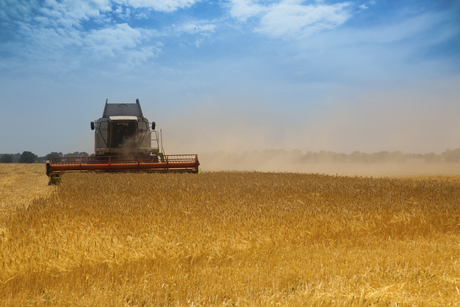Climate change will widen the gap between rural and urban Australia, says report

Climate change is likely to worsen the systemic disadvantages suffered by rural and regional communities and further widen the gap between rural and urban areas, according to a report by the Climate Council.
‘On the Frontline: Climate Change & Rural Communities’ finds the increase in extreme weather events is disproportionately affecting those in rural areas, with many agricultural businesses taking on increased debt in response to these events. And while many businesses have made changes to adapt to the changing climate, such as changing sowing and harvesting dates or switching to new breeds of livestock, there is a limit to how much farmers can adapt.
Report co-author Dr Lauren Rickards said the risks posed by climate change threaten to exacerbate many of the social, health and economic challenges already being experienced by those in regional areas.
“In addition to affecting agricultural production, climate change affects rural communities in many far-reaching ways, increasing the cost of essential goods and services, devaluing community assets and degrading places we love,” she said. “Rural and regional communities are often poorly equipped to deal with the health impacts of higher temperatures.
“While all Australians will be affected by these challenges, those living in rural communities will be worst affected.”
The silver lining, according to the Climate Council’s Professor Lesley Hughes, is that tackling climate change “provides an unrivalled opportunity to attract jobs and investment back to these communities”, with rural areas currently receiving about 30–40% of investment in renewables in Australia — or 1–2 billion dollars per year.
Many farmers are adding additional revenue streams to their properties from renewable energy, with about $20.6 million paid annually in lease payments to farmers and landholders hosting wind turbines. Renewable energy can also attract jobs back into rural and regional areas, as large-scale renewables projects tend to be located outside urban areas. Finally, renewable energy can reduce electricity costs for rural and remote communities, who traditionally pay much higher prices than their urban counterparts.
Climate Council Chief Councillor Tim Flannery concludes that strong climate action is required to protect those living in rural and regional areas from worsening impacts.
“Rural and regional communities are living on the frontline of impacts of worsening extreme weather, but they are also on the frontline of the solutions,” he said.
“People in the bush look after themselves and each other and they’re already getting on with the job in adapting farming practices and implementing solutions for climate change.
“Now it’s time for our political leaders to match their effort and take the action we need to tackle climate change.”
The report can be found at https://www.climatecouncil.org.au/ruralreport.
Net zero or 1.2 million homes: trade-off or win-win?
The housing accord's ambitious goal of building 1.2 million homes by June 2029 could impact...
How mandatory climate reporting is raising the bar for corporate leadership
The shift towards mandatory climate-related financial disclosures is transforming how...
Discovery improves silicon solar efficiency
UNSW researchers are working towards a new generation of solar technology that could make...










